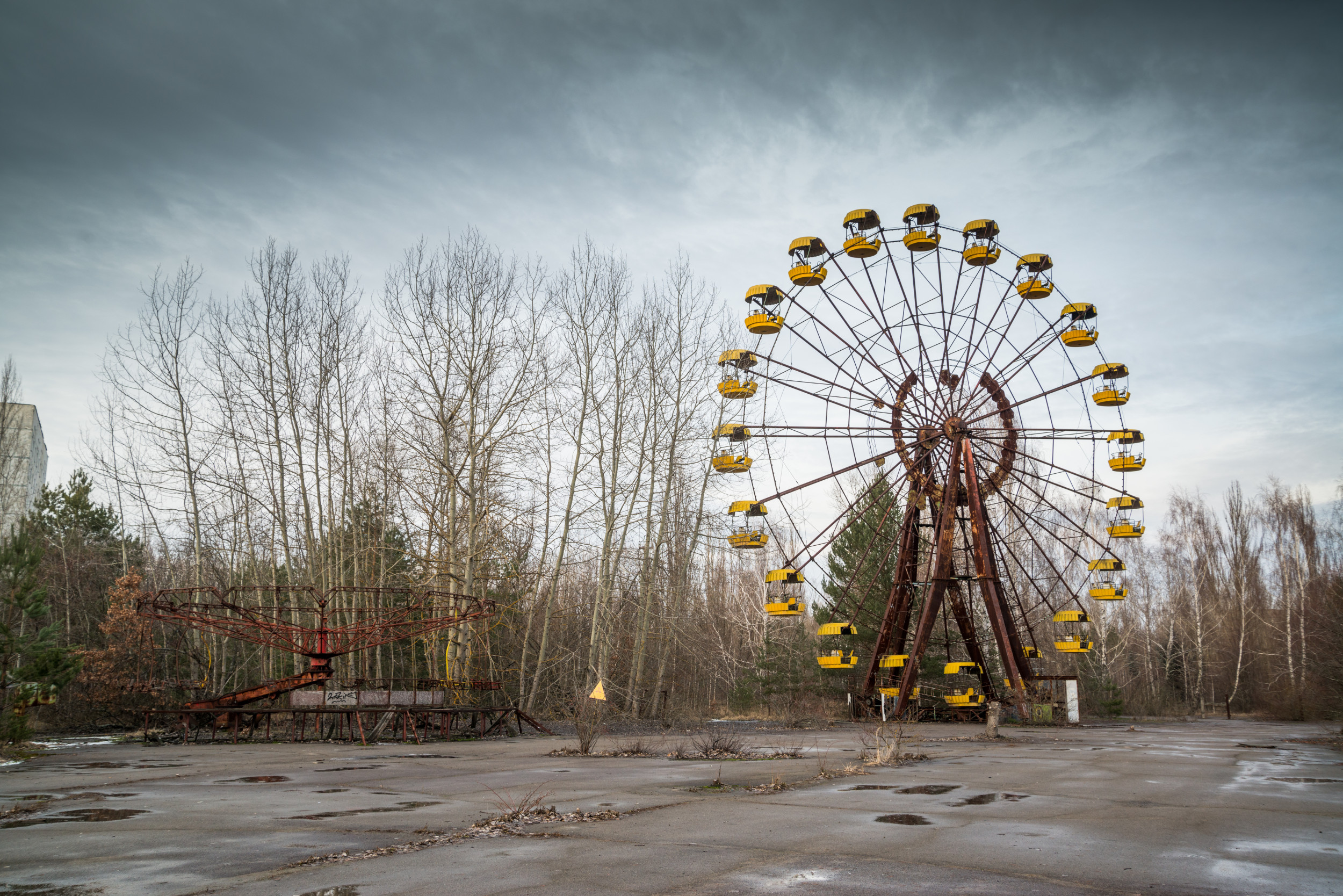Chernobyl Aftermath: A Visual Tour of the Abandoned City

Introduction
The Chernobyl nuclear disaster of 1986 stands as one of the most catastrophic events in human history, leaving behind a haunting legacy that continues to fascinate and intrigue visitors from around the world. The abandoned city of Chernobyl, located in present-day Ukraine, serves as a chilling reminder of the devastating impact of the nuclear meltdown that occurred more than three decades ago. In this article, we will embark on a visual tour of Chernobyl, exploring the eerie remains of a once-thriving city and reflecting on the human and environmental consequences of the disaster.
The History of Chernobyl
Before delving into the desolate landscapes of Chernobyl, it is essential to understand the city's history and the events that led to the nuclear catastrophe. Chernobyl, a small town in northern Ukraine, was once a bustling community with a rich cultural heritage. However, on April 26, 1986, everything changed when Reactor Number 4 at the Chernobyl Nuclear Power Plant exploded, releasing a massive amount of radioactive material into the atmosphere.
The timeline of events leading up to the disaster is a harrowing tale of human error, technological failures, and tragic consequences. The impact of the Chernobyl meltdown was felt not only in the immediate vicinity of the power plant but also across Europe and beyond, as the radioactive fallout spread far and wide, leaving a trail of destruction in its wake.
Exploring the Abandoned City
Despite the inherent dangers of radiation exposure, Chernobyl has become a popular destination for intrepid travelers seeking to witness the aftermath of the disaster firsthand. Guided tours of the abandoned city and its surrounding areas offer visitors a unique opportunity to step back in time and experience the eerie silence that now permeates the once-vibrant streets of Pripyat.
During these tours, visitors have the chance to explore iconic landmarks such as the remains of Reactor Number 4, the ghostly ruins of Pripyat's amusement park, and the hauntingly beautiful Red Forest, where the trees turned a crimson hue after absorbing high levels of radiation. Each stop on the tour provides a glimpse into the tragic past of Chernobyl and serves as a poignant reminder of the human cost of nuclear disasters.
Safety Concerns
One of the most common misconceptions about visiting Chernobyl is the perceived danger of radiation exposure. While it is true that the Chernobyl Exclusion Zone remains a highly contaminated area, strict safety precautions are in place to protect visitors from harm. Tour guides provide dosimeters to monitor radiation levels, and visitors are instructed to stay on designated paths to minimize their exposure to radioactive hotspots.
Despite these precautions, the long-term effects of radiation exposure are a cause for concern, especially for those who spend extended periods of time in the Chernobyl Exclusion Zone. Studies have shown an increased risk of certain cancers and other health problems among individuals exposed to high levels of radiation, highlighting the importance of following safety guidelines when visiting Chernobyl.
The Haunting Beauty of Chernobyl
While the devastation wrought by the Chernobyl disaster is undeniable, there is a haunting beauty to be found in the abandoned city and its surrounding areas. Photographers from around the world have captured stunning images of Pripyat's decaying buildings, overgrown streets, and rusting amusement park rides, showcasing the eerie allure of this post-apocalyptic landscape.
Beyond its visual appeal, Chernobyl serves as a powerful reminder of the human impact of the disaster. The empty schools, hospitals, and homes of Pripyat bear witness to the lives that were upended by the nuclear meltdown, while the resilient nature of the surrounding wilderness offers hope for the future. In the absence of human presence, nature has begun to reclaim the Chernobyl Exclusion Zone, creating a stark contrast between the man-made ruins and the natural world.
The Future of Chernobyl
As efforts to contain and clean up the radioactive contamination continue, the future of Chernobyl remains uncertain. Plans are in place to establish a new sarcophagus over the damaged reactor, further reducing the risk of radioactive leakage. Additionally, discussions are ongoing regarding the long-term management of the Chernobyl Exclusion Zone, including the possibility of redeveloping certain areas for tourism or scientific research.
Despite these efforts, the legacy of the Chernobyl disaster will endure for generations to come. It is essential that we continue to remember and learn from this tragic event, using it as a cautionary tale to inform our approach to nuclear safety and environmental stewardship. By preserving the memory of Chernobyl, we honor the lives lost and the lessons learned, ensuring that such a catastrophe never happens again.
Conclusion
In conclusion, a visit to the abandoned city of Chernobyl offers a unique opportunity to witness the aftermath of one of the worst nuclear disasters in history. Through guided tours and immersive experiences, visitors can explore the haunting ruins of Pripyat, reflect on the human impact of the disaster, and witness the resilience of nature in the face of adversity.
As we reflect on the significance of preserving the memory of Chernobyl, we are reminded of the importance of learning from the past to shape a better future. By considering a visit to Chernobyl as a way to engage with history and science, we can pay tribute to the victims of the disaster and ensure that their legacy lives on in our collective memory. Let us remember Chernobyl not as a place of tragedy, but as a testament to the enduring spirit of resilience and hope.